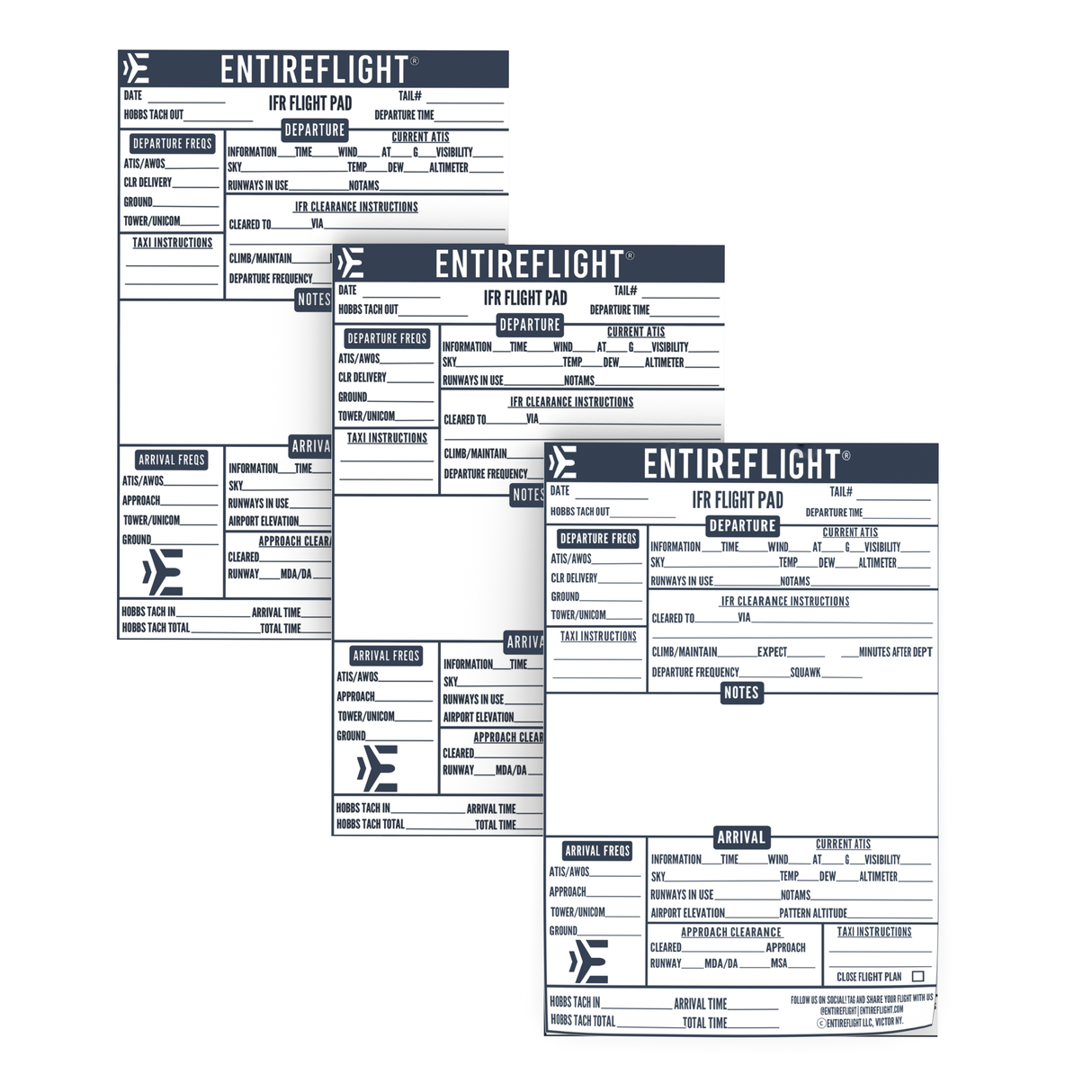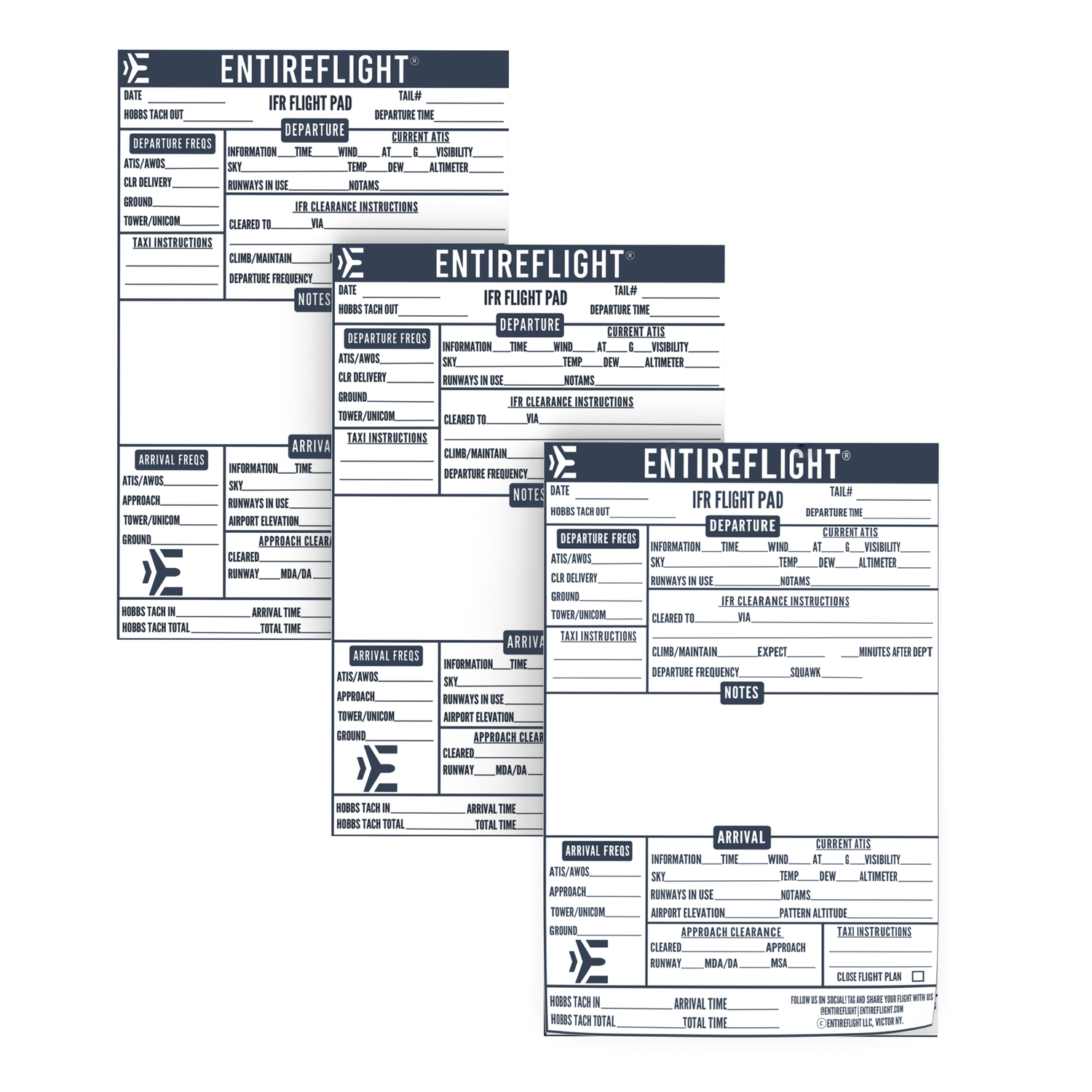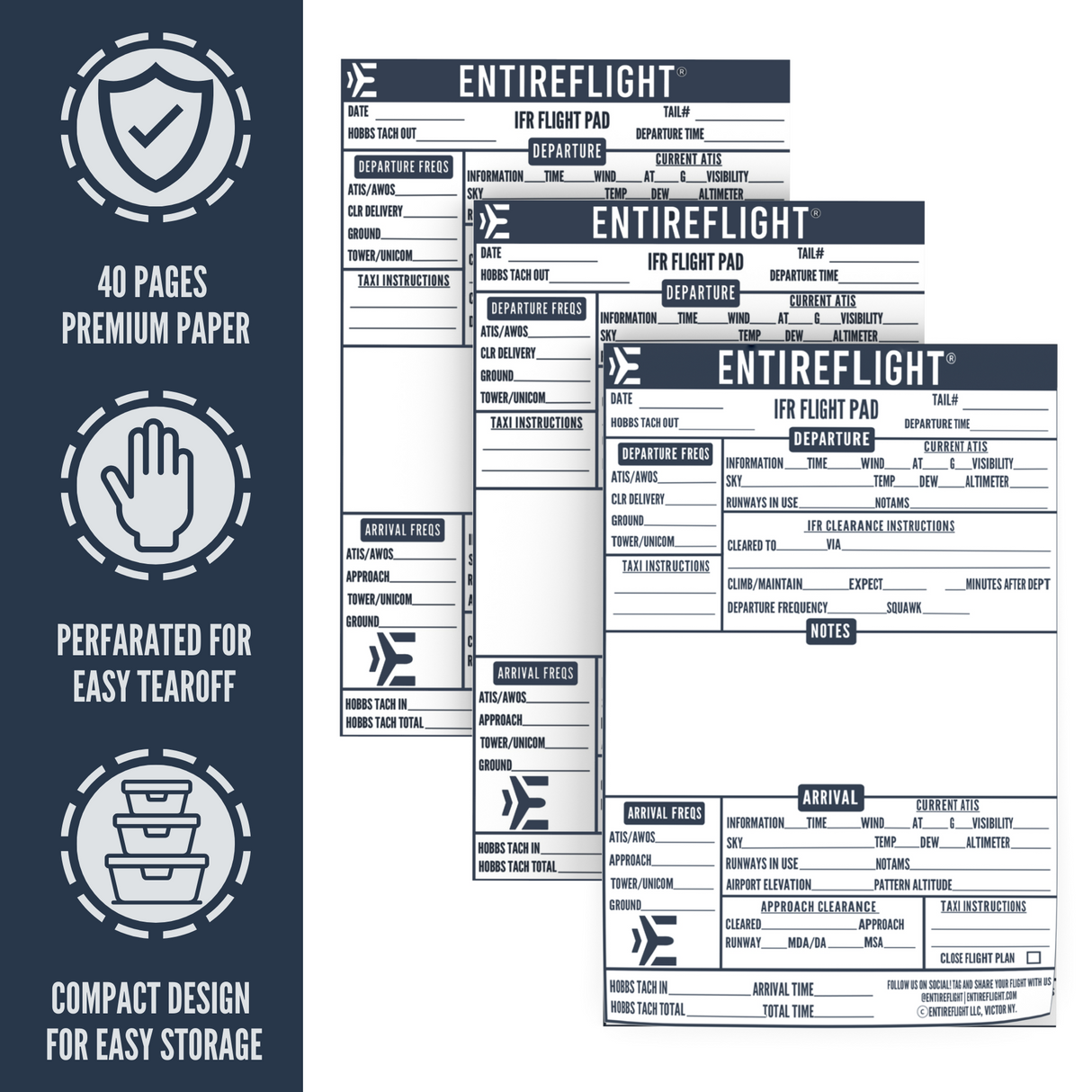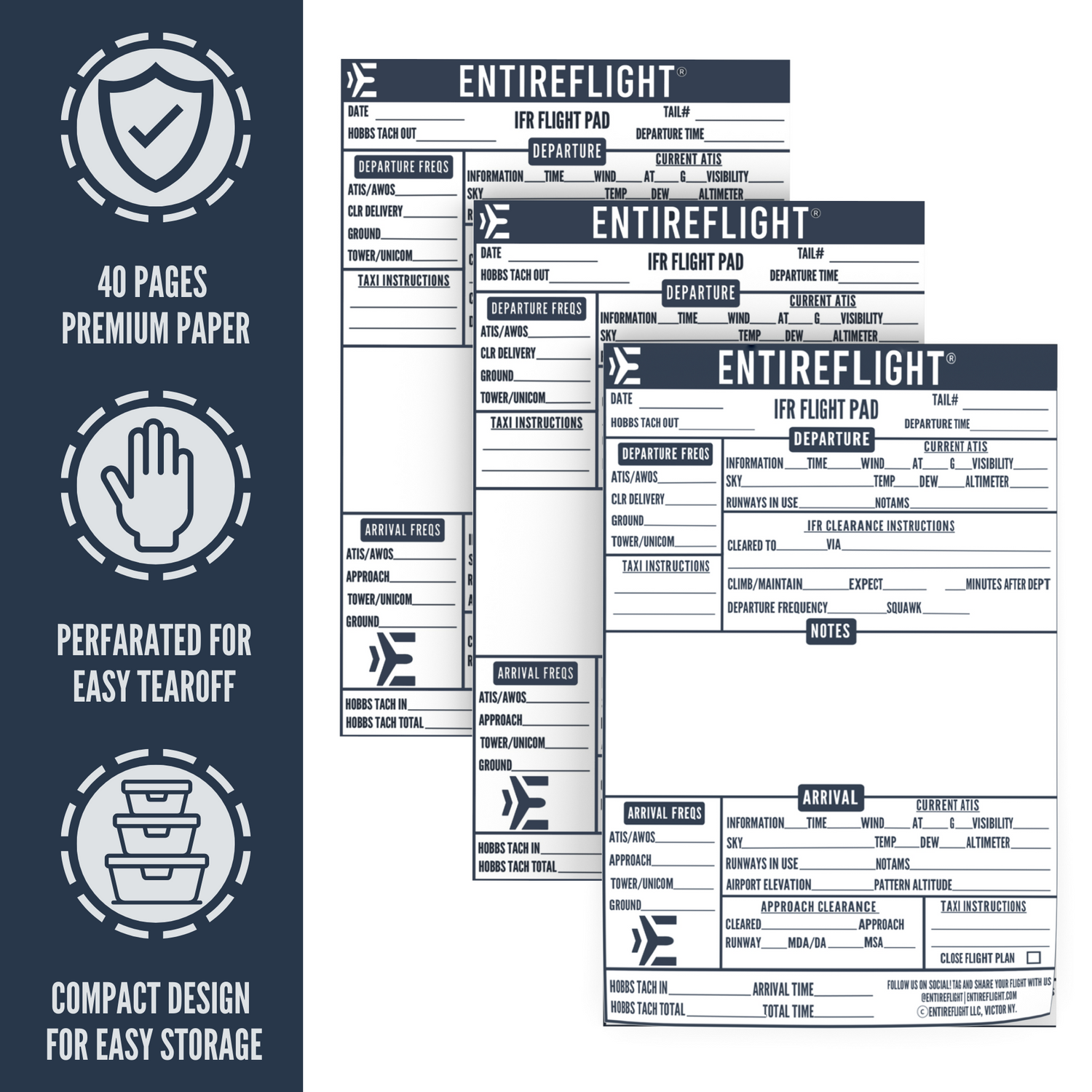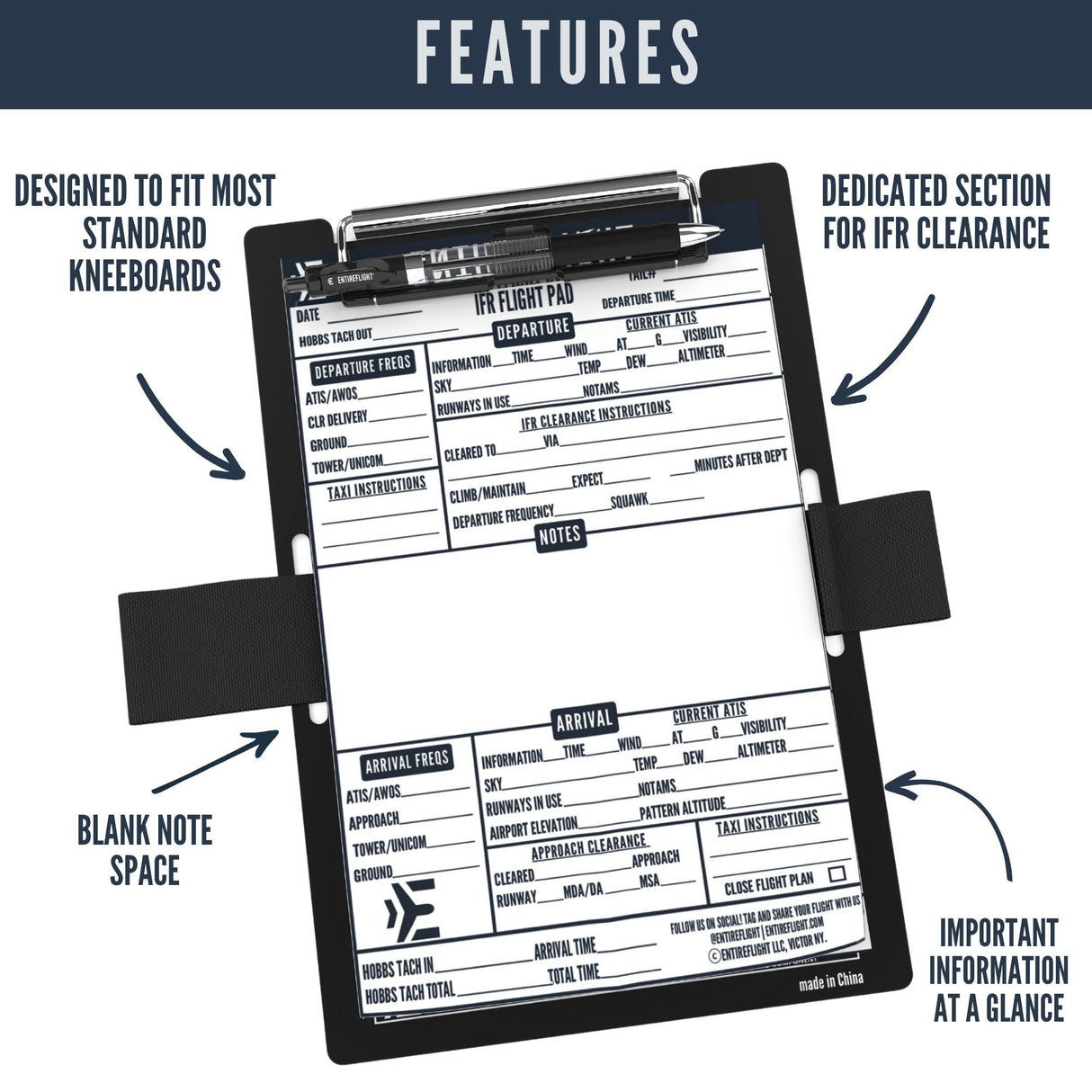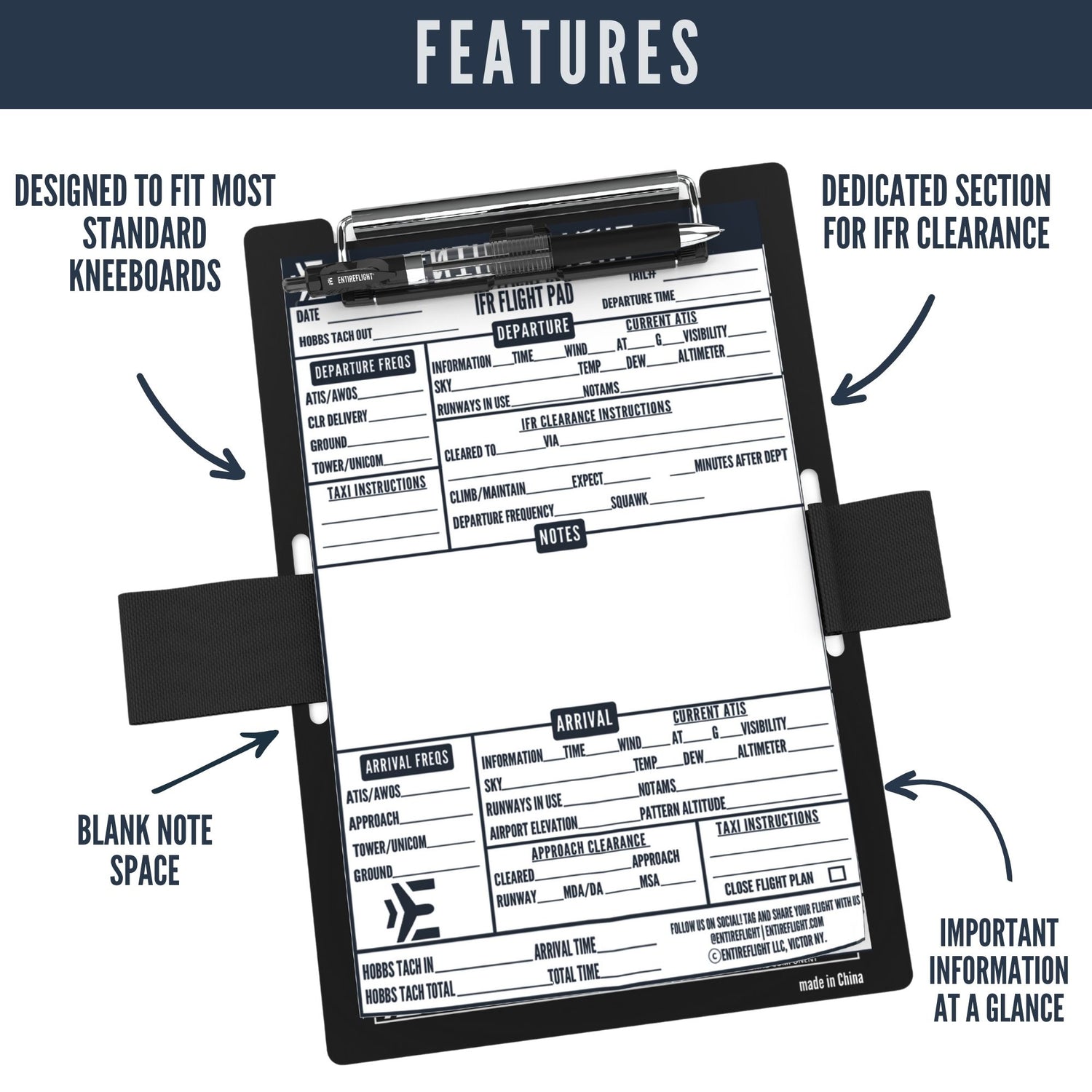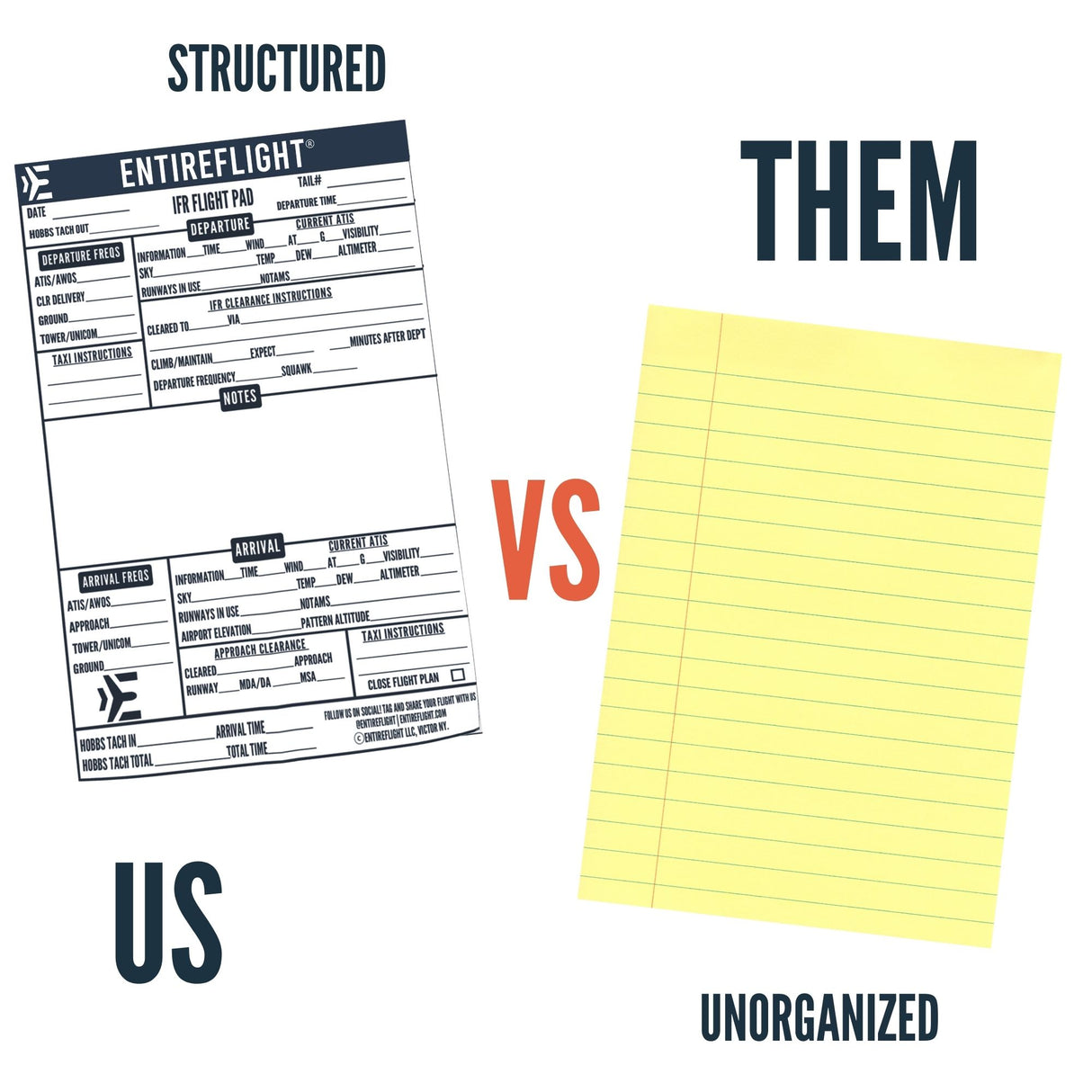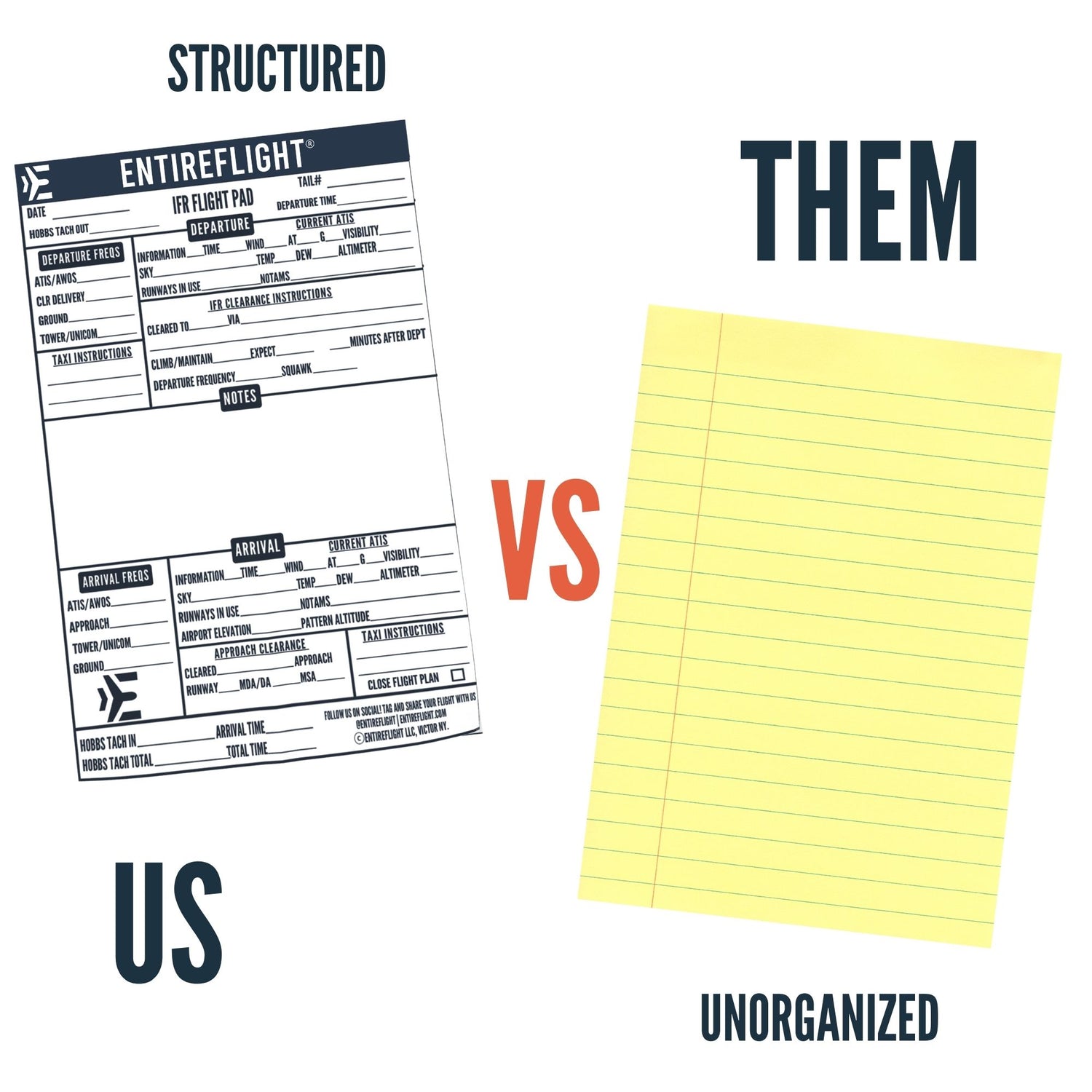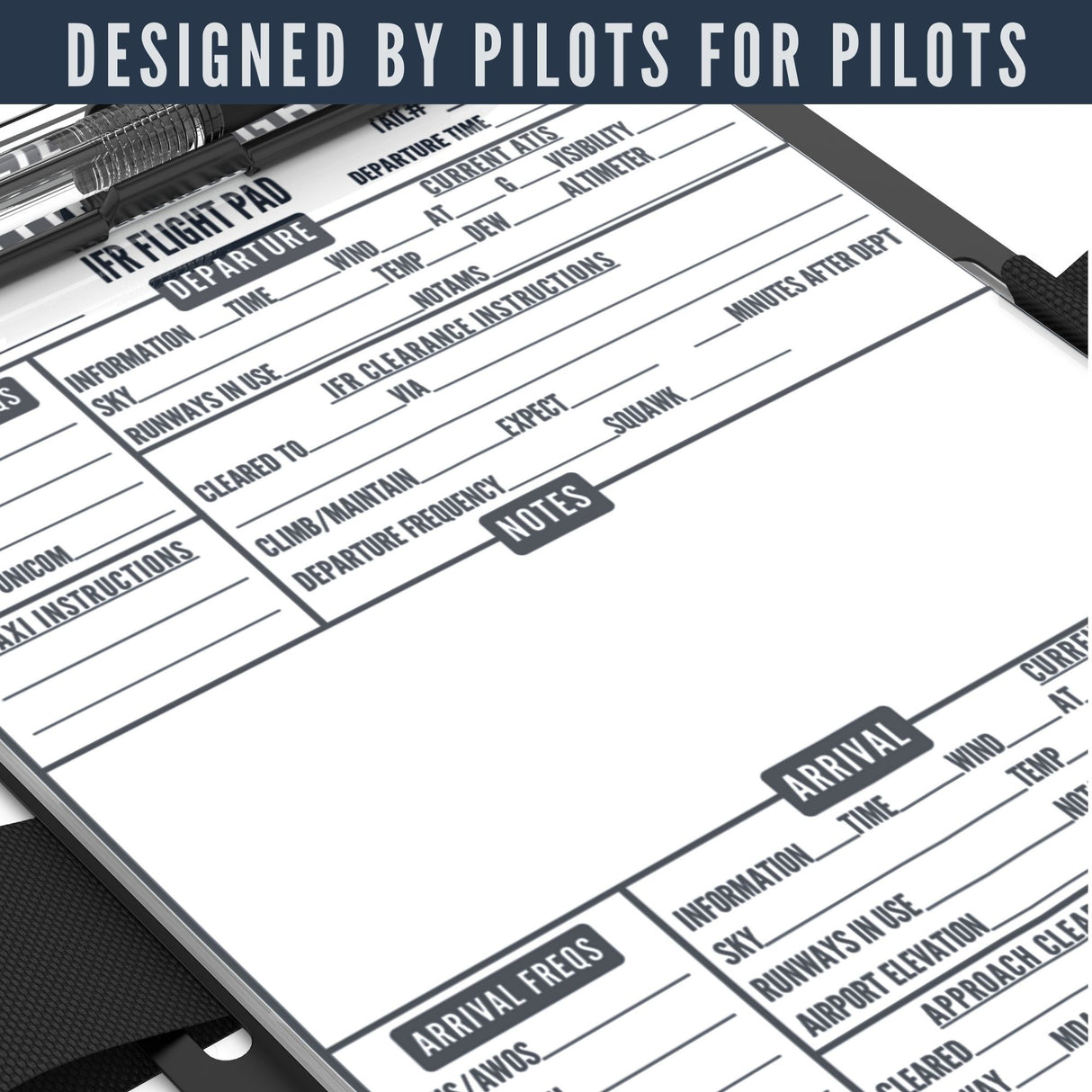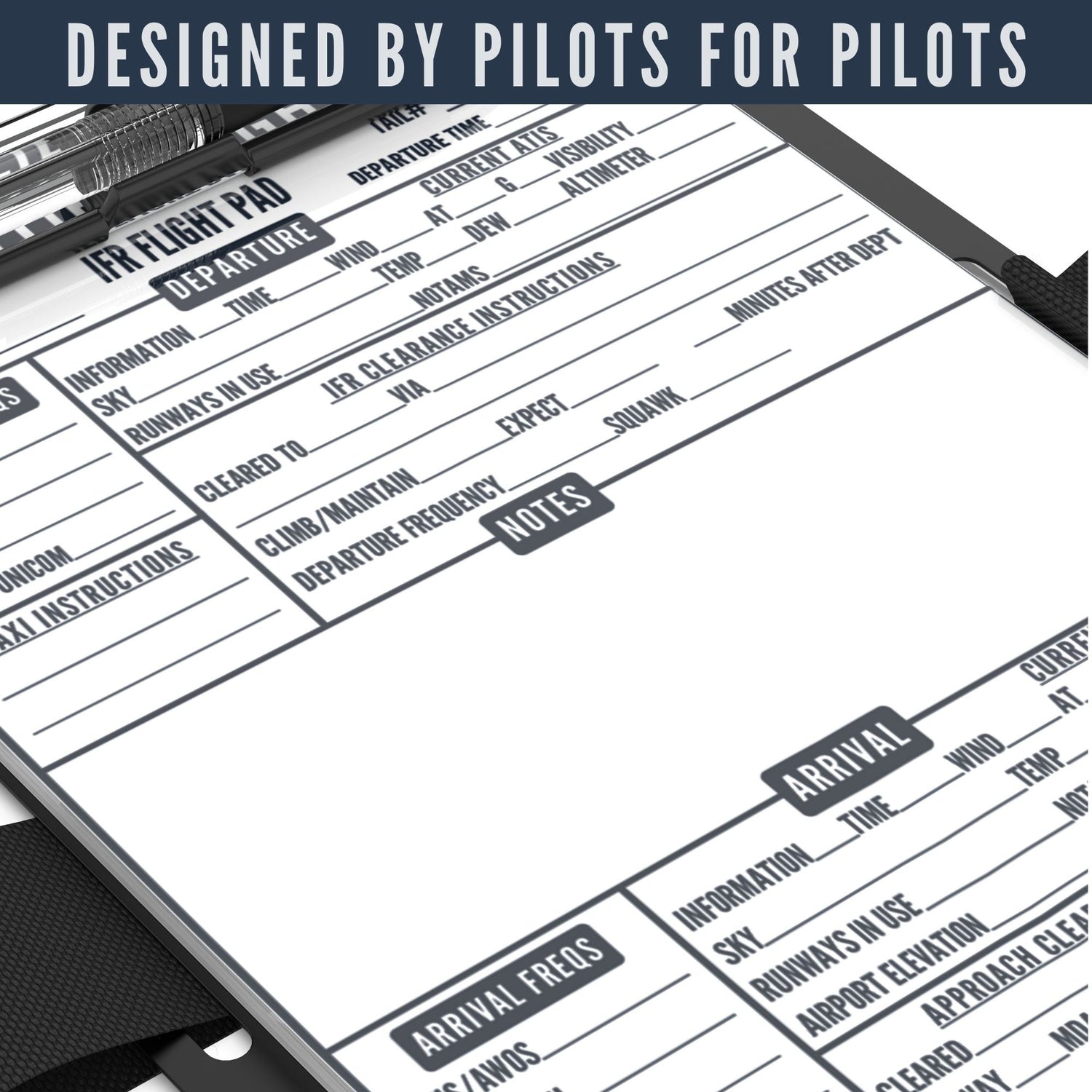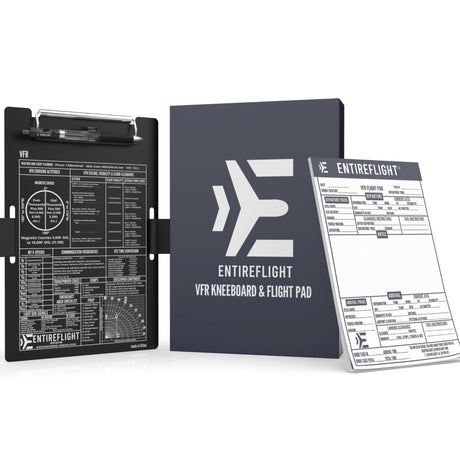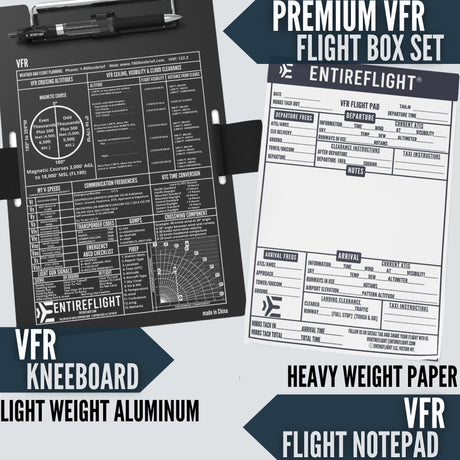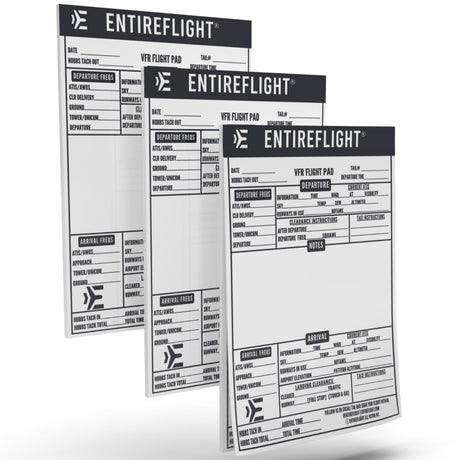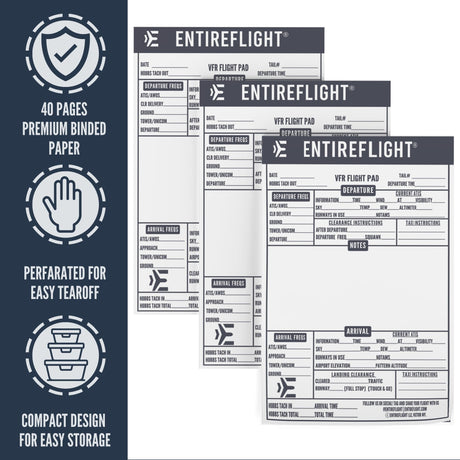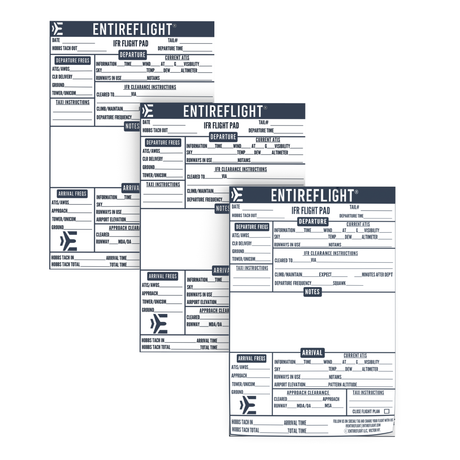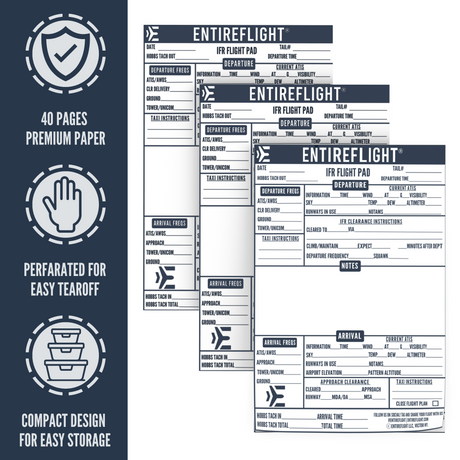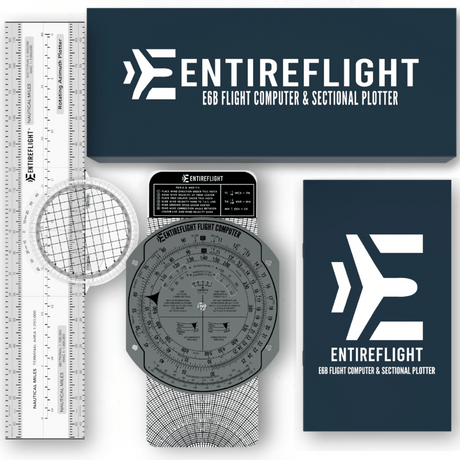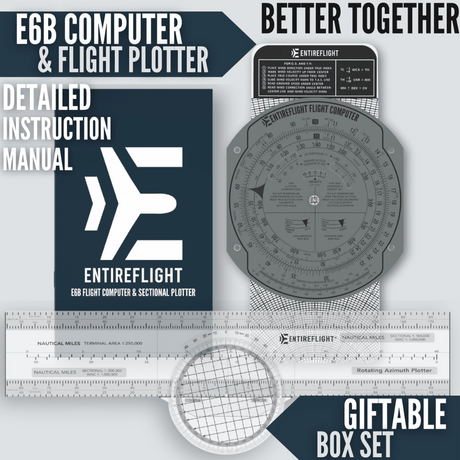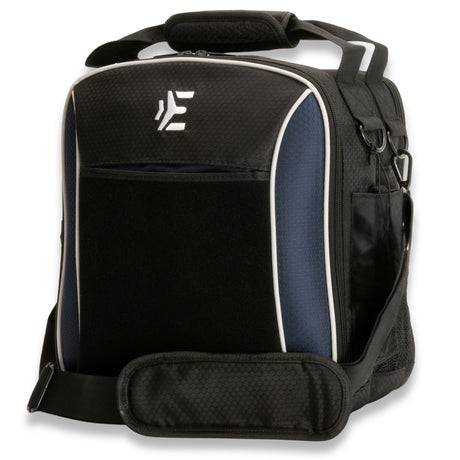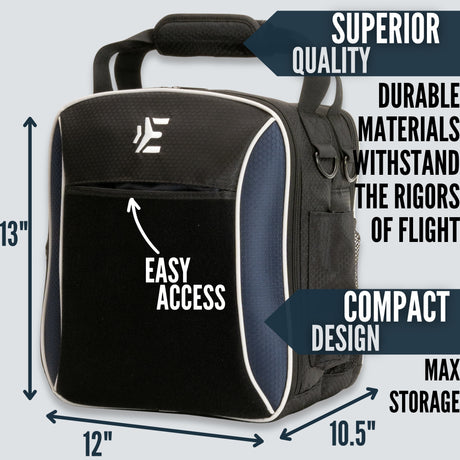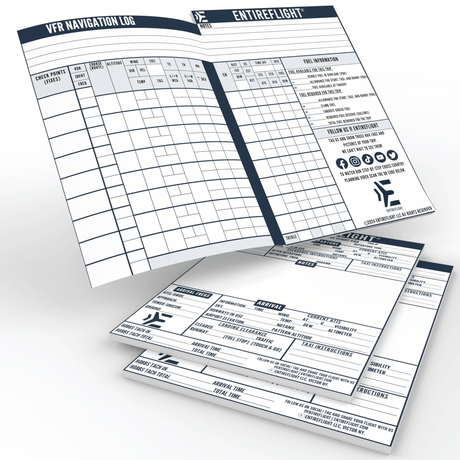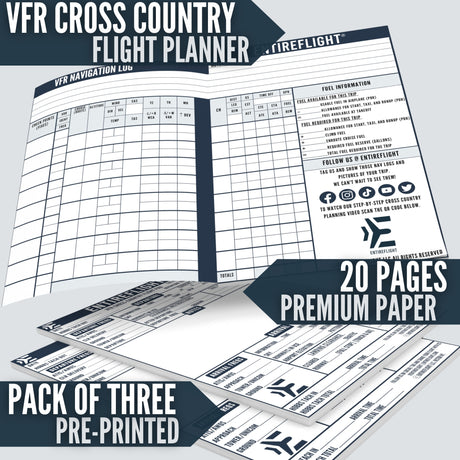If you're planning to fly a drone in the United States, it's important to understand the Federal Aviation Administration (FAA) rules and regulations. These rules are in place to ensure the safety of the public and the national airspace. To legally fly a drone in the US, you must register your drone with the FAA and follow specific guidelines for drone operation.
Drone registration is mandatory for all drones weighing over 0.55 pounds. The registration process is simple and can be completed online through the FAA's website. Once you've registered your drone, you'll receive a registration number that must be displayed on your drone. Additionally, you must follow specific guidelines for drone operation, including airspace restrictions and safety guidelines. Failure to follow these guidelines can result in fines or other legal consequences.
Key Takeaways
- To legally fly a drone in the US, you must register your drone with the FAA and follow specific guidelines for drone operation.
- Drone registration is mandatory for all drones weighing over 0.55 pounds.
- Failure to follow FAA rules and regulations for drone operation can result in fines or other legal consequences.
Understanding FAA and Drone Regulations
If you are planning to fly a drone in the US, it is essential to understand the Federal Aviation Administration (FAA) drone regulations. The FAA has established rules and guidelines to ensure the safety of people and property on the ground and in the air.
The FAA's drone regulations apply to all drones weighing over 0.55 pounds (250 grams). If you own a drone that weighs more than this, you must register it with the FAA. You can register your drone online at the FAA Drone Zone website. Once registered, you will receive an FAA registration certificate, which you must carry with you when flying your drone.
The FAA's drone regulations fall under Part 107 of the Federal Aviation Regulations. Part 107 outlines the rules and requirements for commercial drone pilots. If you are planning to fly a drone for commercial purposes, you must follow Part 107 regulations. These regulations include passing an aeronautical knowledge test, obtaining a remote pilot certificate, and following specific operating requirements.
In addition to Part 107, the FAA has established guidelines for recreational drone pilots. If you are flying a drone for fun, you must follow the FAA's drone guidelines, which include:
- Registering your drone if it weighs more than 0.55 pounds (250 grams)
- Flying your drone below 400 feet
- Keeping your drone within your line of sight
- Avoiding flying near airports or other aircraft
- Not flying over people or moving vehicles
- Not flying in restricted airspace
It is important to note that the FAA's drone regulations are not the only laws that apply to drone pilots. State and local governments may also have their own drone laws and regulations. Before flying your drone, you should research and understand the drone laws in your area.
In conclusion, understanding the FAA's drone regulations is essential for safe and legal drone flying. Whether you are flying for fun or for commercial purposes, you must follow the rules and guidelines set forth by the FAA and other governing bodies.
The Importance of Drone Registration
If you are a drone owner or operator, it is important to understand the importance of registering your drone with the Federal Aviation Administration (FAA). Drone registration is required by law for all drones weighing more than 0.55 pounds (250 grams) in the United States. Failure to register your drone can result in hefty fines and legal consequences.
Drone registration with the FAA provides a way for authorities to identify who owns a drone and how to contact them in case of an incident. It also helps to ensure the safety of the national airspace system by allowing the FAA to regulate drone use and enforce safety rules.
When you register your drone with the FAA, you will receive a unique registration number that must be displayed on the exterior of your drone. This registration number serves as a way to identify your drone and link it to you as the owner. It is important to note that the registration number must be visible without the use of tools and should be easily accessible for inspection.
In addition to drone registration, the FAA also requires drones to have a Remote Identification (Remote ID) system. Remote ID is a technology that allows authorities to identify and track drones in real-time. It is important to ensure that your drone is equipped with a Remote ID system to comply with FAA regulations.
Overall, drone registration with the FAA is a crucial step in ensuring the safety and legality of drone use in the United States. By registering your drone and complying with FAA regulations, you can enjoy the benefits of drone flying while also contributing to the safety of the national airspace system.
How to Register a Drone
To legally fly a drone in the US, you must first register it with the Federal Aviation Administration (FAA). Here's a step-by-step guide on how to register your drone:
-
Determine if your drone needs to be registered. According to the FAA, all drones that weigh more than 0.55 pounds (250 grams) must be registered, except for those flown exclusively under the Exception for Recreational Flyers.
-
Create an account on the FAA's registration website, FAADroneZone. You will need to provide your name, mailing address, email address, and phone number.
-
Enter the make and model of your drone, as well as its serial number, if applicable.
-
Pay the registration fee using a credit or debit card. The fee is currently $5 and is valid for three years.
-
Receive your FAA tracking number. Once your registration is complete, you will receive a unique registration number from the FAA. You must mark this number on your drone in a visible location.
-
Fly your drone legally. Make sure to follow all FAA regulations and guidelines when flying your drone.
It's important to note that you must be at least 13 years old and a U.S. citizen or legal permanent resident to register a drone. Additionally, failure to register your drone can result in fines and legal consequences.
Overall, registering your drone with the FAA is a quick and easy process that ensures you can fly your drone legally and safely.
Understanding Remote ID Rule
If you own or operate a drone in the United States, it is important to understand the Remote ID rule implemented by the Federal Aviation Administration (FAA). The Remote ID rule mandates that by September 16, 2023, all drones registered with the FAA must also be capable of publicly broadcasting certain information, such as a unique ID, location, and altitude, in real-time.
The Remote ID system aims to enhance safety and security by enabling law enforcement and other officials to identify and track drones in real-time. The system also helps prevent unauthorized drone flights in restricted airspace and other areas where drones are prohibited.
Under the Remote ID rule, drone pilots must operate their aircraft in accordance with the remote ID rule for pilots. Drone manufacturers have until September 16, 2022, to produce drones with built-in standard remote ID.
If you own a drone that was manufactured before September 16, 2022, you must retrofit it with a Remote ID broadcasting module. You can also use a smartphone or other device to broadcast the required information.
To comply with the Remote ID rule, you must also fly your drone in an FAA-recognized identification area. These areas are designated by the FAA and can be found on the FAA's website.
It is important to note that the Remote ID rule applies to all drone pilots required to register, including those who fly for recreation, business, or public safety. All drones over 0.55 pounds (250 grams) must be registered with the FAA before they can be flown in the United States. The drone registration will need to be renewed every three years. Drones that weigh 55 pounds (25 kg) or more do not qualify as small, unmanned aircraft, and must instead be registered with an N-number like a standard aircraft.
In summary, the Remote ID rule is an essential aspect of drone regulation in the United States. As a drone operator, it is your responsibility to understand and comply with the Remote ID rule to ensure the safety and security of everyone around you.
Drone Pilot Certification
If you want to fly a drone for commercial purposes, you need to obtain a Remote Pilot Certificate from the Federal Aviation Administration (FAA). This certificate is also known as a drone license or Part 107 license. To be eligible for this certificate, you must pass an aeronautical knowledge and safety test.
To get started, create an Integrated Airman Certification and Rating Application (IACRA) profile and obtain an FAA Tracking Number (FTN). Then, schedule an appointment with an FAA-approved Knowledge Testing Center to take the aeronautical knowledge exam. You must be at least 16 years old, able to read, write, speak, and understand English, and be in a physical and mental condition to safely fly a drone.
The aeronautical knowledge exam covers topics such as airspace classification, operating requirements, and emergency procedures. You can find study materials and sample questions on the FAA website. Once you pass the exam, you will receive a temporary certificate that is valid for 120 days. The FAA will mail your permanent certificate to you within that time frame.
If you already hold a pilot certificate, you can add a small UAS rating to your existing certificate by taking an online training course. This course covers the differences between flying a manned aircraft and a small UAS, as well as the operating rules and limitations for small UAS operations.
Overall, becoming an FAA-certified drone pilot requires passing an aeronautical knowledge and safety test and obtaining a Remote Pilot Certificate. With this certification, you can legally fly a drone for commercial purposes in the US.
Drone Operation Guidelines
Once you have registered your drone with the FAA and obtained your remote pilot certificate, it is important to understand the rules and guidelines for operating your drone legally in the US. Here are some key guidelines to keep in mind:
Visual Line of Sight Rule
According to FAA rules, you must keep your drone within your visual line of sight at all times while flying. This means you should be able to see your drone with your own eyes, without the aid of binoculars or other devices.
Airspace Restrictions
It is important to be aware of airspace restrictions and to avoid flying your drone in restricted areas. This includes flying in controlled airspace without proper authorization, flying in national parks or other protected areas, and flying near airports or other sensitive locations.
No Drone Zones
There are also specific areas designated as "No Drone Zones" where drone operations are strictly prohibited. These include areas such as stadiums, prisons, and military bases. It is important to check for any no drone zone restrictions in your area before flying your drone.
Real-Time Information
To ensure safe and legal drone operations, it is important to have access to real-time information about airspace restrictions and other important details. This can include GPS location data, weather information, and other relevant data.
Remote ID Equipment
Starting on September 16, 2023, all drones must have remote ID equipment installed in order to operate legally. This equipment will allow for real-time tracking and identification of drones while in flight.
Fly at Night
If you plan to fly your drone at night, you must obtain special certification from the FAA. This certification requires additional training and testing to ensure safe and legal drone operations in low-light conditions.
UAVs and Private Property
When flying your drone over private property, it is important to respect the privacy of others and to avoid any potential violations of privacy laws. It is also important to obtain permission from property owners before flying your drone over their property.
By following these guidelines and staying up-to-date on the latest FAA rules and regulations, you can ensure safe and legal drone operations in the US.
Understanding Airspace Restrictions
When it comes to flying drones, understanding airspace restrictions is crucial to ensure safety and compliance with FAA rules. The National Airspace System (NAS) is divided into different classes of airspace, each with its own set of rules and restrictions.
Controlled airspace is airspace where air traffic control (ATC) has the authority to control all aircraft, including drones. To fly a drone in controlled airspace, you need to obtain airspace authorization from the FAA. Commercial drone operators are required to get permission from the FAA before flying in controlled airspace. You can learn more about the rules for Certificated Remote Pilots and commercial operators on Flying Drones Near Airports (Controlled Airspace) - Part 107.
B4UFLY Mobile App is a useful tool for drone pilots to check airspace restrictions, especially around airports, so your drone does not endanger people or other aircraft. The app provides real-time information about airspace restrictions and other flying requirements based on your GPS location. It is available for free on both iOS and Android.
It is important to note that some areas are designated as "No Drone Zones," where drones are not allowed to fly. These areas include national parks, military bases, and other sensitive areas. Always check for airspace restrictions before flying your drone to avoid violating any FAA rules.
In summary, understanding airspace restrictions is an essential part of flying drones legally and safely in the US. Always check for airspace restrictions before flying your drone, obtain necessary airspace authorization when flying in controlled airspace, and avoid flying in designated "No Drone Zones."
Drone Usage for Recreational and Business Purposes
If you plan to fly your drone for recreational purposes, you must follow the FAA's rules and regulations. First, you must register your drone with the FAA, unless it weighs 0.55 pounds or less (less than 250 grams) and is flown under the Exception for Limited Recreational Operations. Drones registered under this exception cannot be flown under Part 107. You must also follow a community-based set of safety guidelines and fly your drone within visual line-of-sight. Additionally, you must give way to manned aircraft.
If you plan to fly your drone for business purposes, you must obtain a Remote Pilot Certificate from the FAA. You must also register your drone and follow the Part 107 regulations. These regulations include flying your drone during daylight hours, flying below 400 feet above ground level, and passing an aeronautical knowledge test.
Real estate agents often use drones to capture aerial footage of properties they are selling. However, it is important to note that flying a drone over private property without permission can be considered trespassing. Make sure to obtain permission from property owners before flying your drone over their property.
In summary, whether you plan to fly your drone for recreational or business purposes, it is important to follow the FAA's rules and regulations. Register your drone, follow the safety guidelines, and obtain the necessary certifications and permissions.
Law Enforcement and Drones
As a drone operator, it's important to understand the role of law enforcement in regulating drone usage. The FAA has established guidelines for law enforcement agencies to follow when dealing with drones. These guidelines are designed to ensure the safety and privacy of the public while allowing for the lawful use of drones.
If you're a drone operator, you should be aware of the following rules and regulations regarding law enforcement and drones:
-
Drone Registration: As of September 16, 2023, all drone pilots required to register must operate their drone in accordance with the rule on Remote ID. This means that law enforcement agencies can identify the drone's owner and operator in the event of a safety or security incident.
-
Drone Operations: Law enforcement agencies can use the FAA's B4UFly App to determine where they can operate drones or whether drone operations are authorized in a specific location or not. This can help prevent the accidental or intentional misuse of drones in sensitive areas.
-
Certificate of Registration: If you're required to register your drone, you must show your certificate of registration to any Federal, State, or local law enforcement officer if asked. Failure to register a drone that requires registration may result in regulatory and criminal penalties. The FAA may assess civil penalties up to $27,500.
-
Privacy Concerns: You should always be aware of privacy concerns when operating your drone. Law enforcement agencies are prohibited from using drones to conduct surveillance without a warrant or other legal authority. If you witness suspicious drone activity, you should report it to law enforcement.
In summary, understanding the rules and regulations surrounding law enforcement and drones is crucial for safe and legal drone operation. By following these guidelines, you can help ensure the safety and privacy of the public while enjoying the many benefits of drone technology.
Drone Safety and Risk Management
When it comes to flying drones, safety is a top priority. Not only is it important to ensure the safety of people and property on the ground, but also to protect the drone itself. Here are some tips to help you fly your drone safely and minimize risk:
-
Follow FAA rules and regulations: The FAA has established rules and regulations for drone pilots to follow. These rules cover a wide range of topics, including registration, airspace restrictions, and pilot certification. It is important to familiarize yourself with these rules before flying your drone.
-
Conduct a pre-flight inspection: Before taking off, make sure to conduct a pre-flight inspection of your drone. Check the batteries, propellers, and other components to ensure that everything is in working order.
-
Choose a safe location to fly: When selecting a location to fly your drone, choose an area that is away from people and buildings. Avoid flying over crowds or near airports.
-
Keep your drone in sight: Always keep your drone within your line of sight. This will help you avoid collisions with other objects or people.
-
Be aware of weather conditions: Weather conditions can impact your drone's ability to fly. Avoid flying in high winds, rain, or other adverse weather conditions.
-
Use caution when flying near wildlife: When flying your drone near wildlife, be sure to maintain a safe distance. Avoid disturbing the animals or causing them undue stress.
By following these tips, you can help minimize risk and ensure that your drone flights are safe and successful. Remember, it is your responsibility as a drone pilot to fly safely and follow all rules and regulations set forth by the FAA.
Popular Drone Brands and Their Compliance
When it comes to buying a drone, there are many popular brands to choose from. However, it's important to ensure that the drone you buy is compliant with FAA regulations to avoid any legal issues. Here's a look at some popular drone brands and their compliance with FAA regulations.
DJI
DJI is one of the most popular drone brands on the market. Their drones are known for their high-quality cameras and ease of use. DJI has made efforts to ensure their drones are compliant with FAA regulations, including registering their drones with the FAA and implementing geofencing technology to prevent drones from flying in restricted airspace.
Skydio
Skydio is a newer drone brand that has gained popularity for its autonomous flying capabilities. While Skydio drones are not as widely used as DJI drones, they are still subject to FAA regulations. Skydio has implemented features such as obstacle avoidance and geofencing to ensure their drones comply with FAA regulations.
Other Brands
There are many other drone brands on the market, each with their own level of compliance with FAA regulations. It's important to do your research before purchasing a drone to ensure it meets the necessary requirements. Some popular drone brands that you may encounter include:
- Parrot
- Autel Robotics
- Yuneec
- Holy Stone
- Syma
No matter which drone brand you choose, it's important to ensure that it complies with FAA regulations. This includes registering your drone with the FAA, following airspace restrictions, and adhering to any other regulations that may apply to your specific use case. By doing so, you can enjoy flying your drone without any legal issues.
Foreign Operators and FAA Regulations
If you are a foreign operator who wants to fly a drone in the United States, you must follow the same FAA regulations as U.S. drone pilots. The FAA requires all drones over 0.55 pounds (250 grams) to be registered before they can be flown in the United States. The drone registration must be renewed every three years.
Foreign operators who want to fly a drone in the United States must obtain a foreign aircraft permit at least 15 days in advance of the proposed start date of the operation. The permit is required even if the drone is registered in your home country. At times, it can take approximately 30 days to obtain a foreign aircraft permit, so plan accordingly.
When flying a drone in the United States, foreign operators must also comply with all FAA rules and regulations. This includes flying below 400 feet, staying away from airports, and avoiding other aircraft. It is important to note that the FAA has the authority to take enforcement action against foreign operators who violate U.S. drone laws.
Foreign operators must also comply with the FAA's remote identification rule for pilots. Beginning September 16, 2023, all drone pilots required to register their drone must operate their aircraft in accordance with the remote ID rule for pilots. This rule gives drone owners sufficient time to upgrade their aircraft. Drone manufacturers have until September 16, 2022, to produce drones with built-in standard remote ID.
In summary, foreign operators who want to fly a drone in the United States must register their drone, obtain a foreign aircraft permit, and comply with all FAA rules and regulations. This includes following the remote identification rule for pilots. By following these regulations, you can legally fly your drone in the United States without facing enforcement action.
Understanding FAA-Recognized Identification Areas
If you are a drone pilot, you need to be aware of FAA-Recognized Identification Areas (FRIAs). These are defined geographic areas where drones can be flown without Remote ID equipment. Remote ID is a system that identifies drones in real-time, allowing authorities to track them and ensure they are being flown safely.
Beginning September 16, 2023, if your drone doesn't have Remote ID, you may be able to operate within a FRIA. However, it's important to note that not all areas are FRIAs, and you must follow the rules and regulations of the FAA when flying your drone.
To find out if a location is a FRIA, you can check the FAA's website or use the FAA's mobile app, B4UFLY. The app provides information on airspace restrictions, nearby airports, and other important details for drone pilots.
It's important to remember that even if you are flying in a FRIA, you must still follow all FAA regulations and guidelines. This includes flying your drone at or below 400 feet, keeping your drone within your line of sight, and avoiding other aircraft.
If you are unsure about the rules and regulations of flying your drone in a FRIA, it's best to consult with the FAA or a qualified drone pilot. By following the rules and guidelines set forth by the FAA, you can ensure that you are flying your drone safely and legally in the US.
Registration Certificate and Its Importance
Once you have registered your drone with the FAA, you will receive a registration certificate. This certificate is proof that you have registered your drone and are legally allowed to fly it in the United States. It is important to keep this certificate with you whenever you are flying your drone.
The registration certificate contains important information such as the drone's registration number, the owner's name and address, and the date of registration. This information is important for law enforcement in case of any incidents or accidents involving your drone.
It is important to note that the registration certificate is valid for three years. After that, you will need to renew your registration with the FAA. Failure to renew your registration could result in fines or other legal consequences.
If you plan on using your drone for commercial purposes, you will need to register under Part 107 of the FAA regulations. This requires passing a knowledge test and obtaining a Remote Pilot Certificate. The registration certificate for commercial drones will contain additional information, such as the pilot's name and the expiration date of the Remote Pilot Certificate.
In summary, obtaining a registration certificate is an important step in legally flying your drone in the United States. Make sure to keep the certificate with you whenever you are flying your drone and renew your registration every three years. If you plan on using your drone for commercial purposes, be sure to register under Part 107 and obtain a Remote Pilot Certificate.
Understanding Limited Recreational Operations
If you're planning to fly a drone for recreational purposes, you must understand the rules and regulations set by the Federal Aviation Administration (FAA). One of the most important things to know is the concept of Limited Recreational Operations.
According to the FAA, Limited Recreational Operations refer to flying a drone for recreational purposes that meets certain criteria. In general, drones that weigh less than 0.55 pounds (less than 250 grams) and are flown exclusively for recreational purposes are considered to be in Limited Recreational Operations.
If you're flying a drone under Limited Recreational Operations, you don't need to obtain a remote pilot certificate or register your drone with the FAA. However, you still need to follow certain rules to ensure safe and legal flying. Here are some key rules to keep in mind:
- Fly your drone at or below 400 feet above ground level (AGL) in uncontrolled airspace.
- Keep your drone within your visual line of sight (VLOS) at all times.
- Do not fly your drone over people or moving vehicles.
- Do not fly your drone in restricted airspace, such as near airports or military bases.
- Do not fly your drone while under the influence of drugs or alcohol.
It's important to note that if your drone does not meet the criteria for Limited Recreational Operations, you must register it with the FAA and obtain a remote pilot certificate to fly it legally. Additionally, if you're flying a drone for commercial purposes, you must follow the rules set by the FAA's Part 107 regulations.
In summary, if you're flying a drone for recreational purposes that meets the criteria for Limited Recreational Operations, you don't need to register your drone or obtain a remote pilot certificate. However, you still need to follow certain rules to ensure safe and legal flying.
Frequently Asked Questions
What is the cost of FAA drone registration?
The cost of FAA drone registration is $5. This fee covers the registration of your drone for a period of three years.
How do I renew my FAA drone registration?
You can renew your FAA drone registration online through the FAA's DroneZone portal. The cost of renewal is $5, and you will need to provide your registration number and pay the fee to complete the renewal process.
Do I need a license for recreational drone use?
No, you do not need a license for recreational drone use. However, you must register your drone with the FAA and follow all FAA regulations for recreational drone use.
Do I need to register my drone with the FAA?
Yes, you must register your drone with the FAA if it weighs more than 0.55 pounds (250 grams). You can register your drone online through the FAA's DroneZone portal.
What is the FAA drone test?
The FAA drone test, also known as the Part 107 test, is a knowledge test that commercial drone pilots must pass to obtain a Remote Pilot Certificate. The test covers a variety of topics related to drone operation, including airspace regulations, weather, and emergency procedures.
How do I get FAA authorization for my drone?
To fly your drone in controlled airspace or for commercial purposes, you may need to obtain FAA authorization. You can apply for authorization through the FAA's DroneZone portal. The specific requirements and process for obtaining authorization will depend on the type of operation you are planning.

